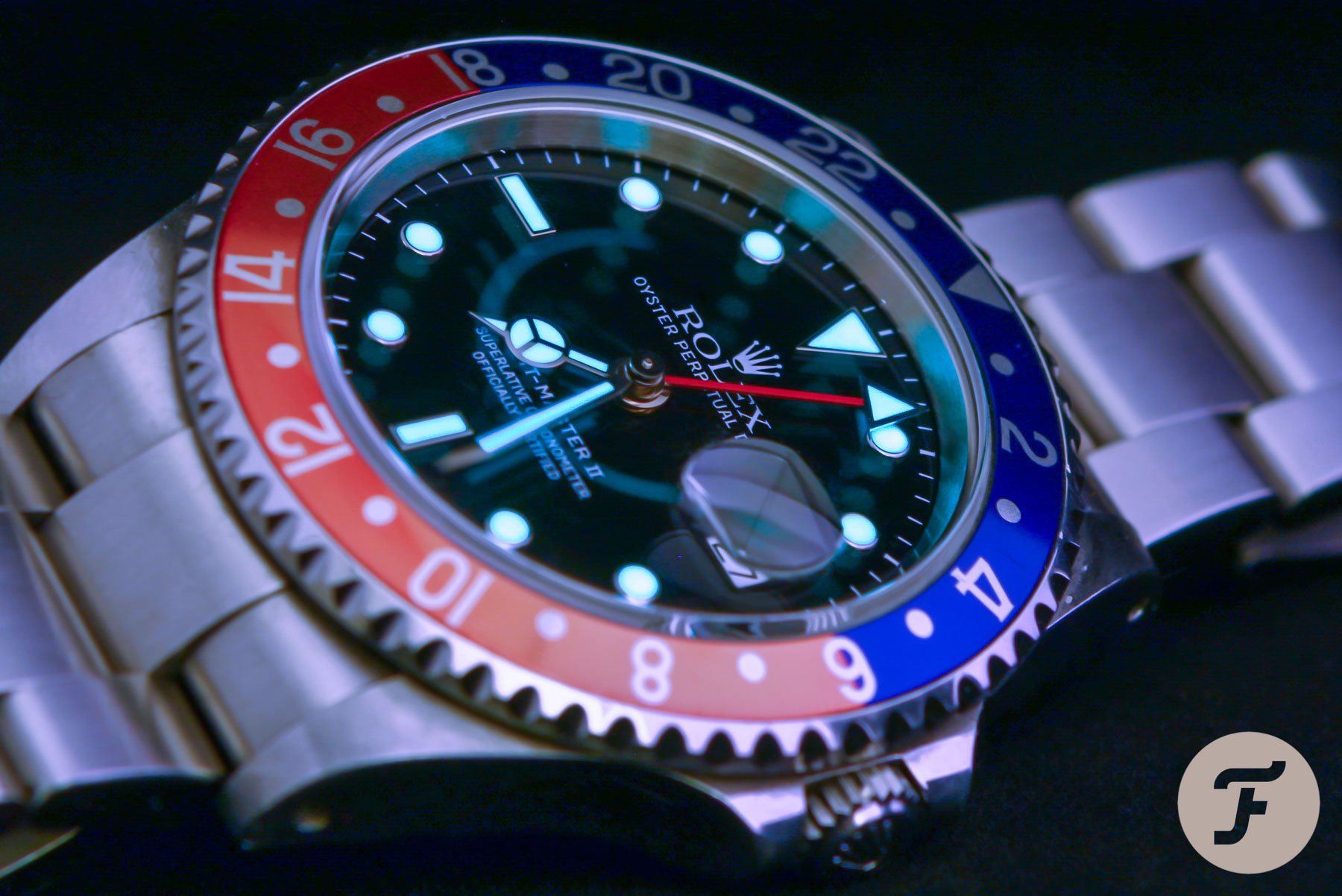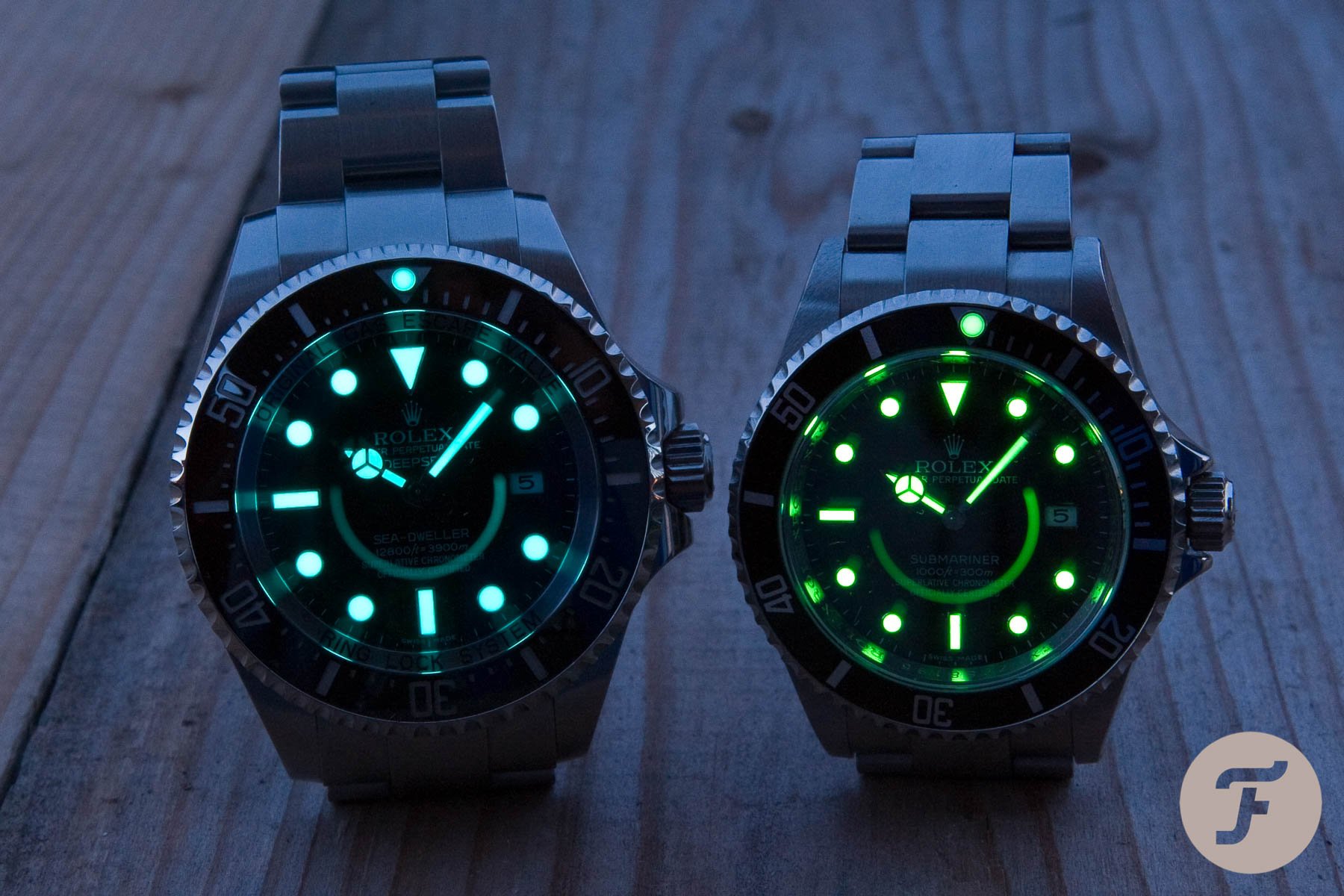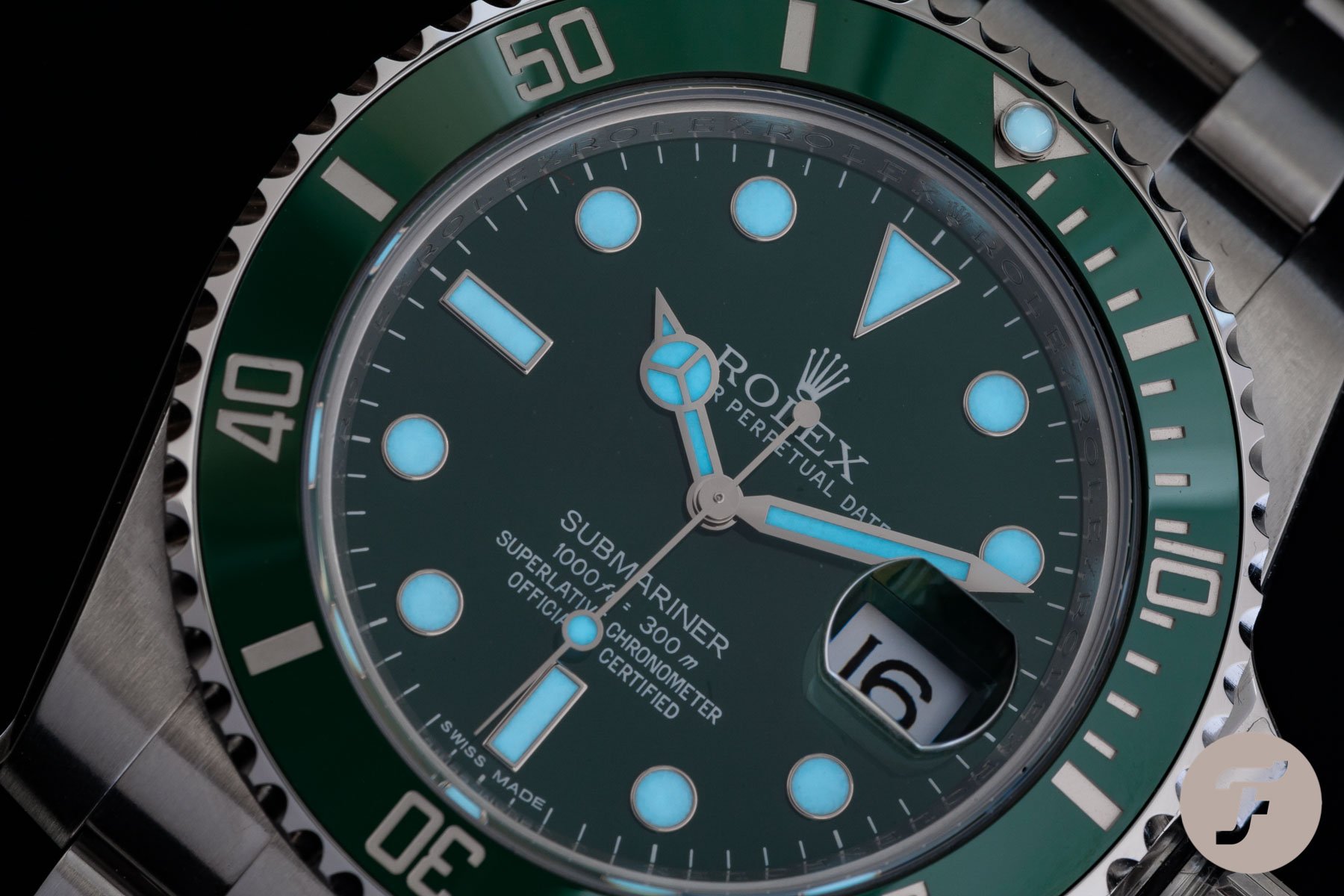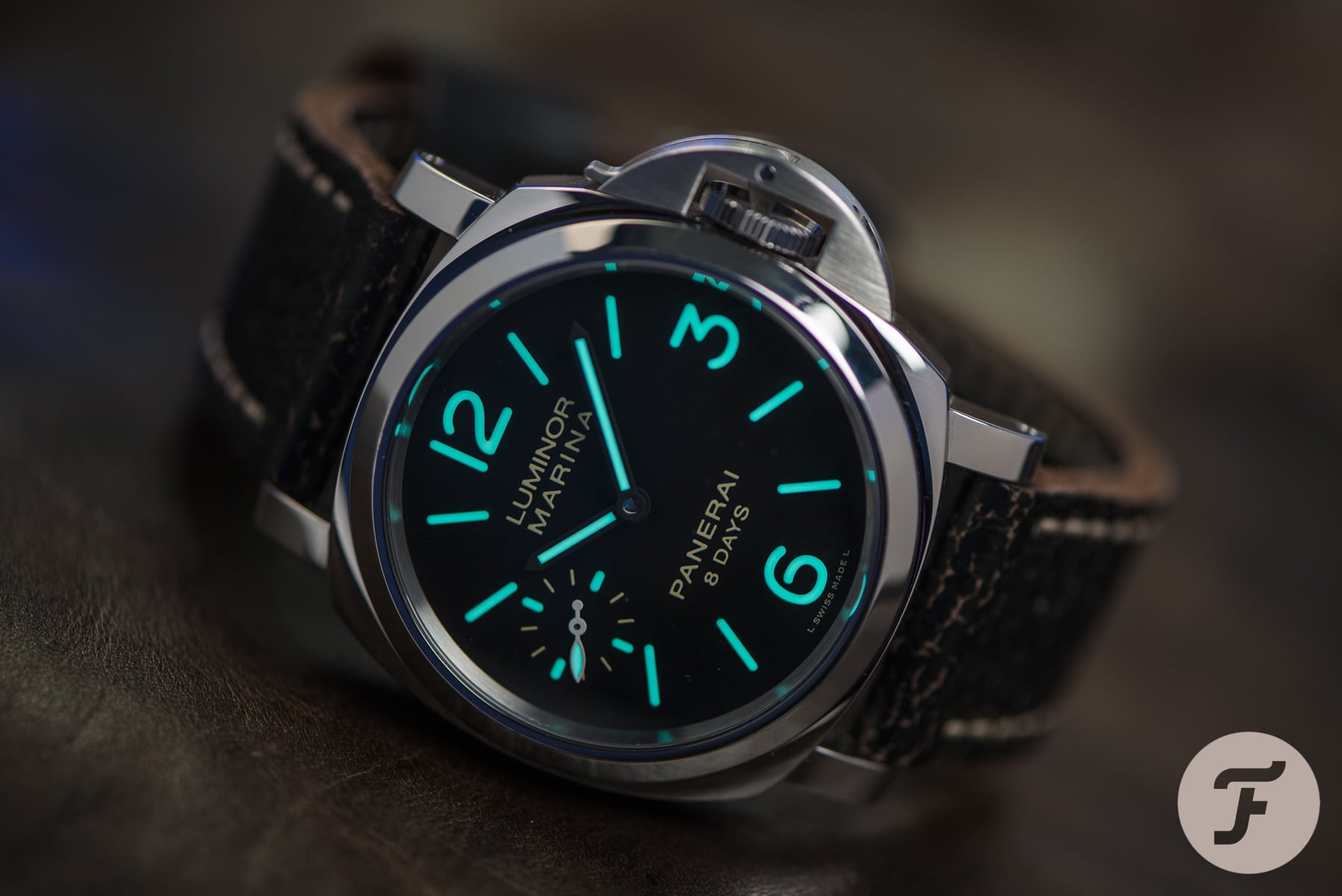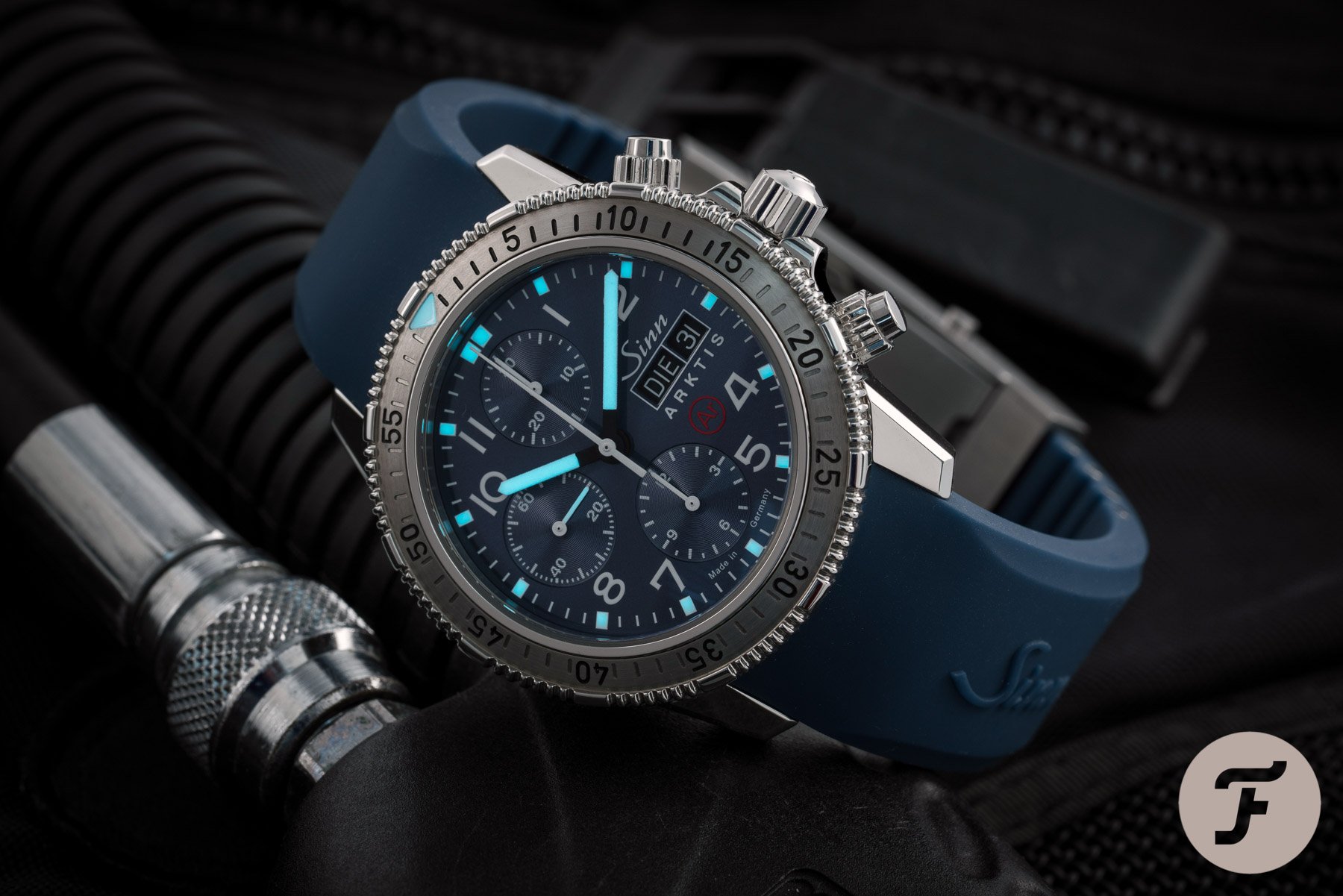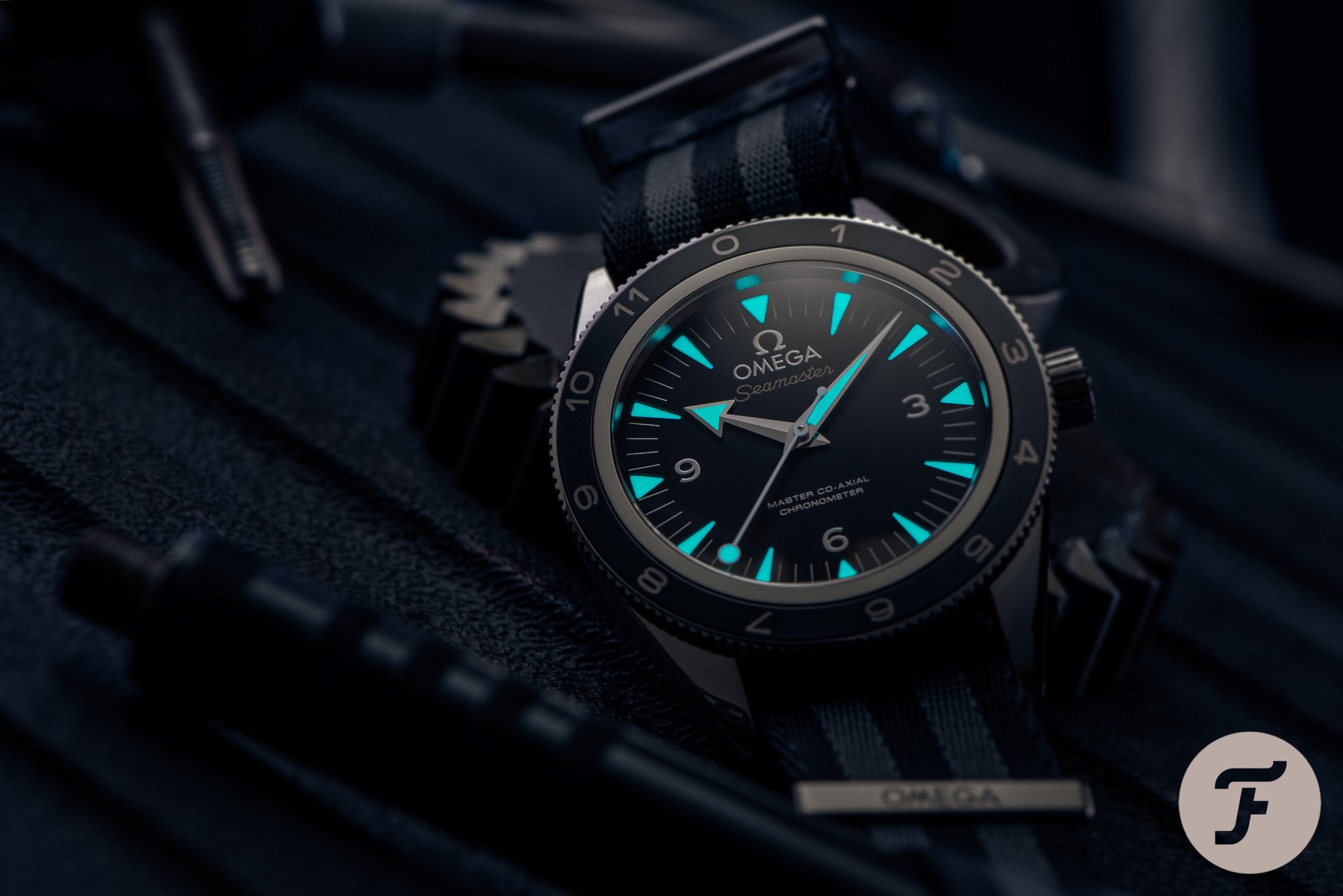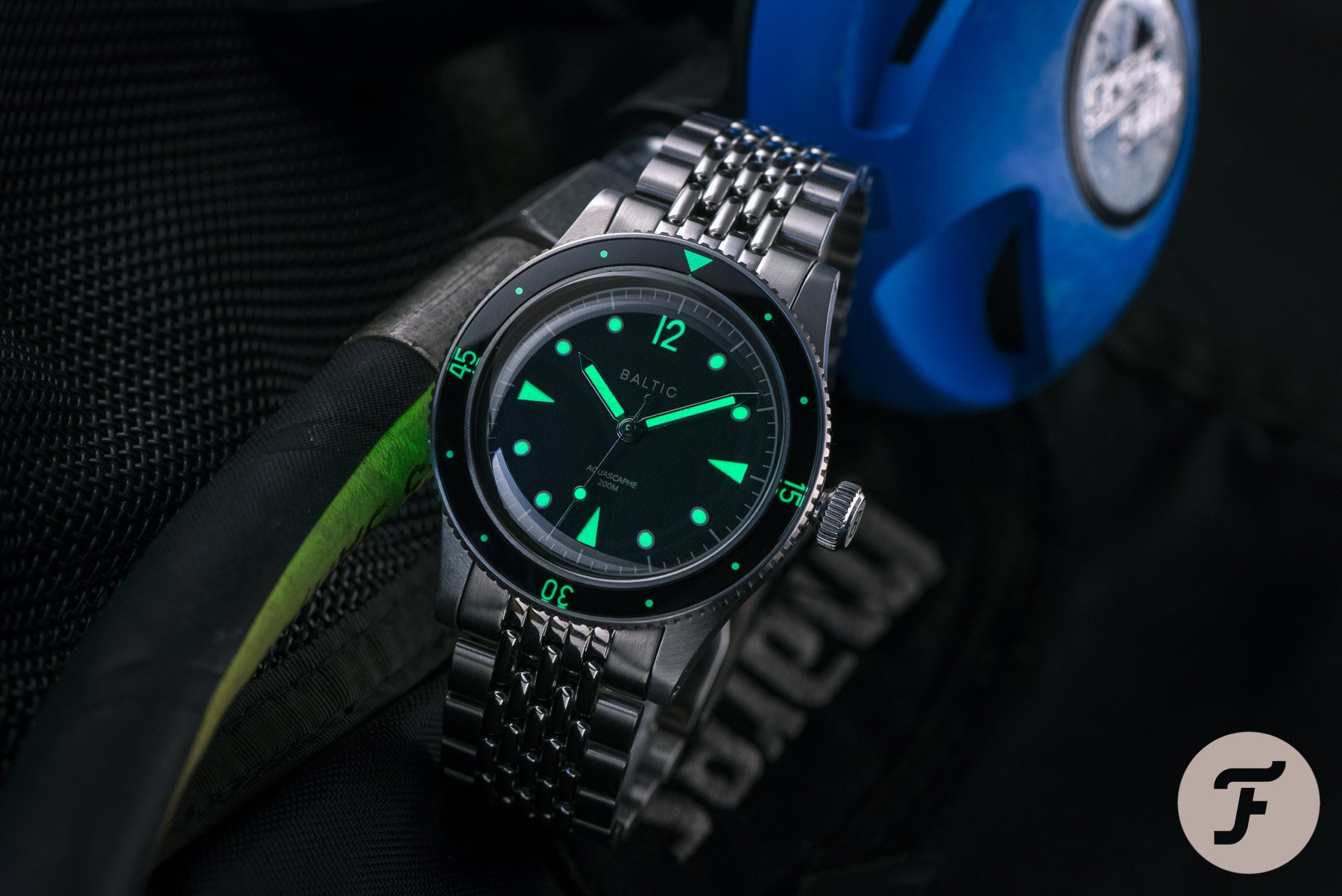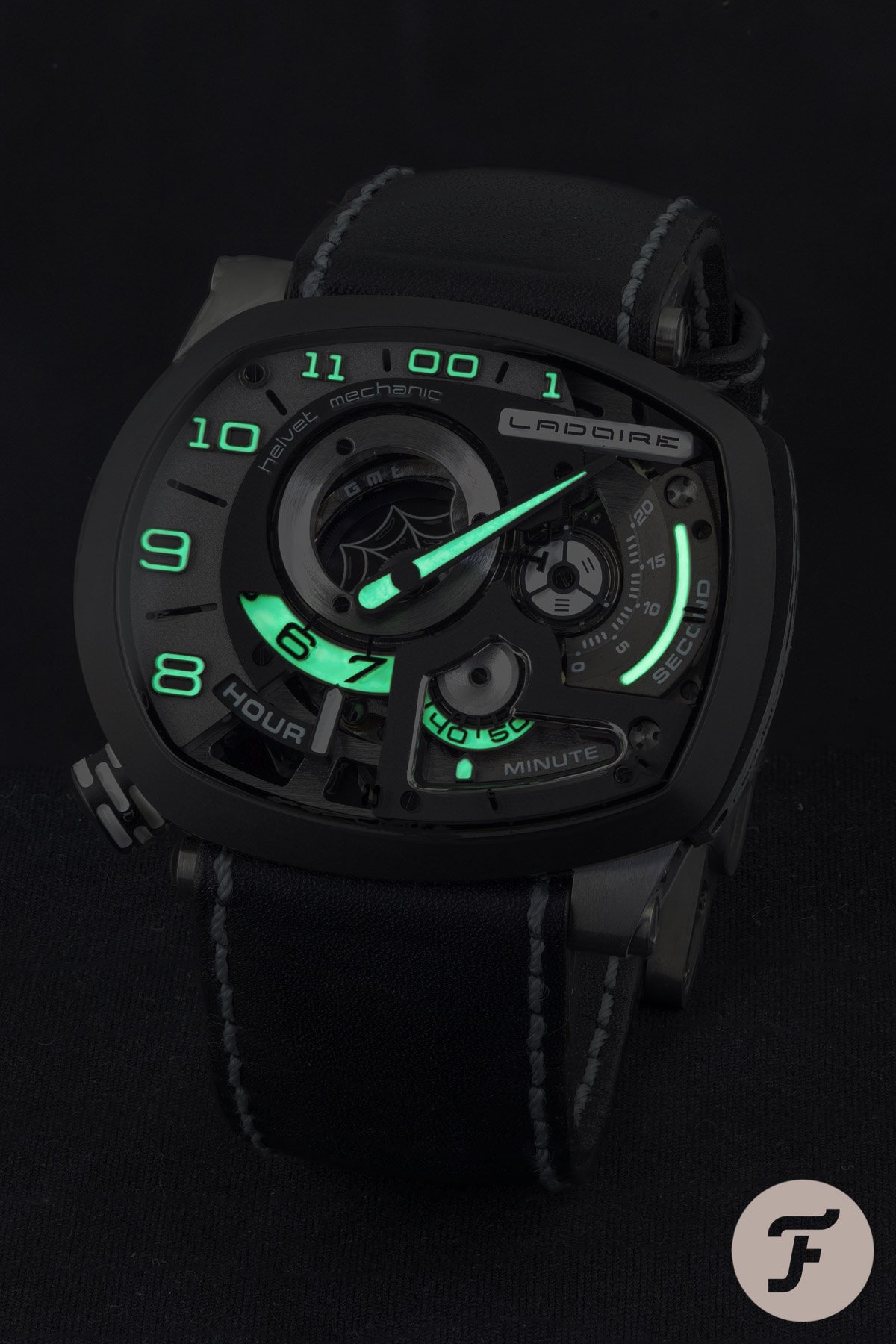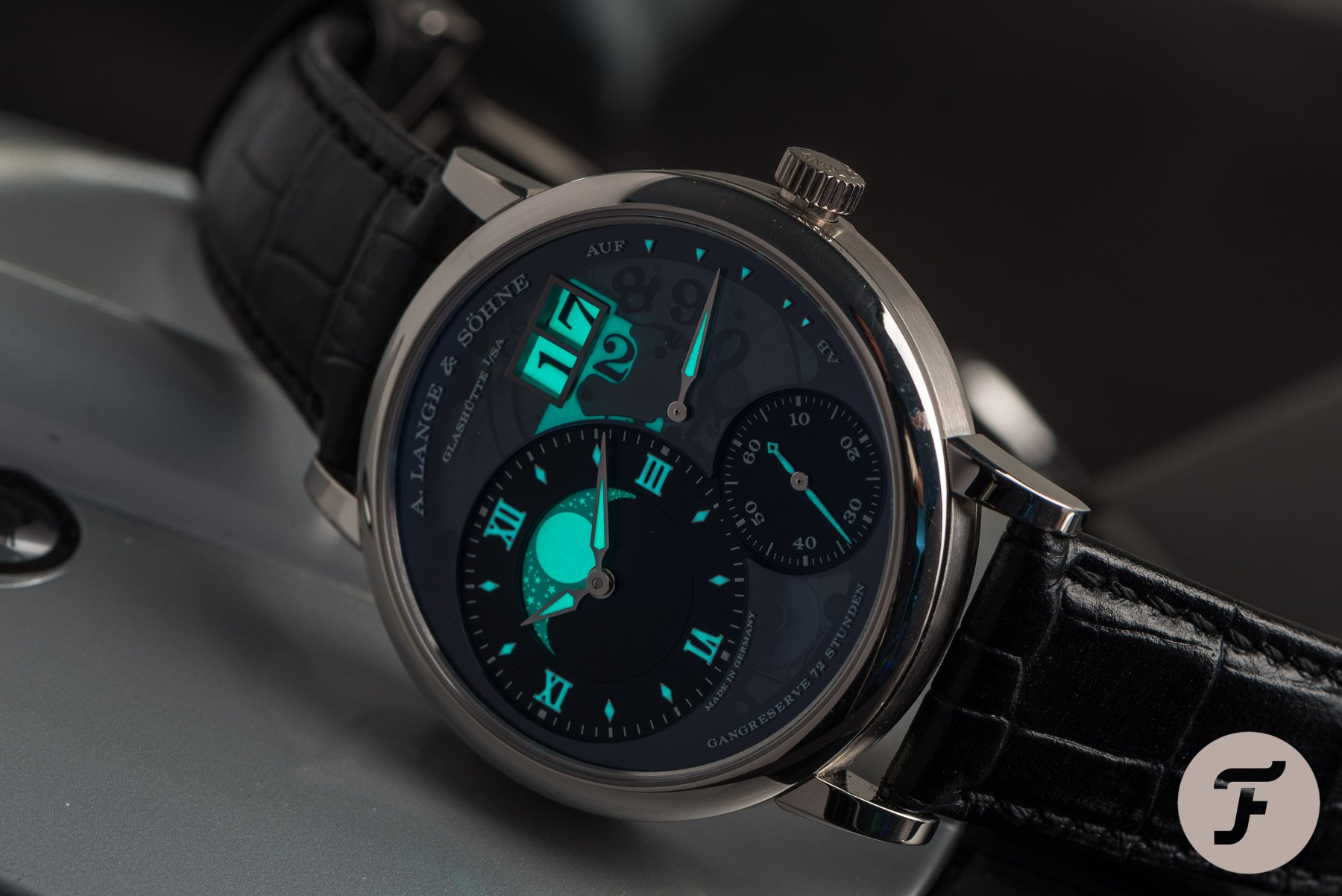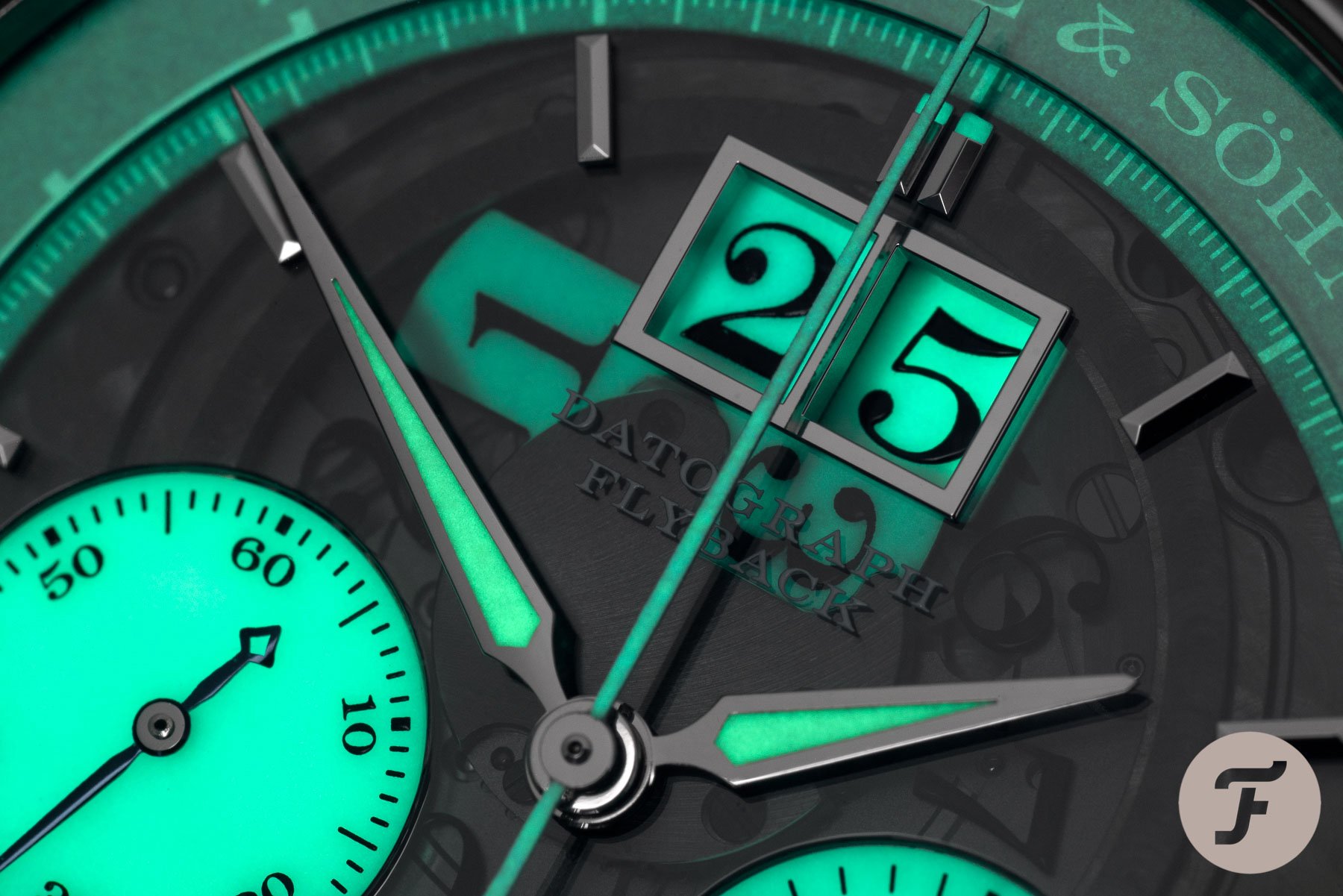Bert’s Photo Book Part 2 — Lume shots
Lume, or luminescent material, is something I mentioned in the first photo book article. It is something that has fascinated me from the very first steps of my photography journey. It is hard to capture, which makes it an interesting challenge. But the challenge maketh the man. Always set the bar high and push your limits. The experience will follow.
Long exposure
With limited knowledge back in the days, I simply started doing long exposure shots. At the time it wasn’t so much about the esthetics and creating an appealing image. Yet is was simply capturing the beauty of my watches and occasionally those of others. So from doing near black images where only the lume was clearly visible (as you can see in my first photo book article) the images slowly changed. Thanks to long exposures, both the watch and lume were visible and slowly my first lume shots were created.
But as you can see, the long exposure images also created a trail of the second’s hand. This also gives a hint about the used exposure time. Something that can be used to change the face of your watch into a smiley face with a bit of fantasy. And yes, I’m one of those people who sees (smiley) faces in everyday objects. So you quickly learn that if you want to create lume shots without that sweeping second’s hand trail, you simply need to stop the movement. Below is one of the first images I did like this. And as you can see at the bottom right of the image, the crown is left open to stop the movement.
Sometimes it’s easy to change the position of the crown in photo editing software, but this trick doesn’t always work. Either because the watch you’re photographing doesn’t have a hacking movement, or because it’s just not a crown that has to move a few pixels. The Panerai Luminor pictured above is a great sample. With the typical crown-guard and lever that keeps the crown in position, this watch is a bit more complicated to capture in one shot. As it’s a rather old image from my library, and as you can tell from the shallow depth of field, it was solved using different settings.
Different ways to capture lume
From running into the limits of what is possible of capturing in one single image, you learn that there is an easy work-around. Combining multiple images into one. This is where you combine an image of the watch, with another image of the lume. But you don’t always want to use multiple images, so there is also a more technical solution. One where you combine a long shutter image with a short burst of light to record both the watch and lume in one shot. Below an image of the Sinn 206 Arktis II with blue lume which combines perfectly with that cool metallic blue dial and blue rubber strap.
When all is said and done, it can be hard, if not impossible, to see which technique has been used. And I think it doesn’t matter when you capture the image you had planned. Through the years I’ve experimented quite a bit with different techniques. When looking back I struggle to remember how I shot an image and it can be hard to tell. Pretty much every watch shoot has its own setup, although the basics are similar. But a shiny case requires a slightly different approach from a brushed one. And the same goes for sapphire crystals with different coatings but that is another subject.
Little light in the darkness
When it comes to creating watch photos, lume-shots may be one of the hardest styles to master, but the payoff can be fantastic. If you get it right, you instantly have a strong picture. The lume creates a vibrant focal point for your image. You don’t need creative staging or wild props to support your shot. Even with a minimalistic background your attention instantly goes to the watch and that little light in the darkness. Yet on some watches, the luminescent material is used in creative ways.
A. Lange & Söhne created a series of lumen watches. These combine semi-transparent or smoke glass dials with lume details on various parts of the watch. If you have one on the wrist, you would probably want to walk back and forth between sunny conditions and complete darkness constantly. Above is the Grand Lange 1 Lumen and below the Datograph Lumen. They make great models for lume shots.
Make sure to check the gallery below for more lume shots from my archive.

